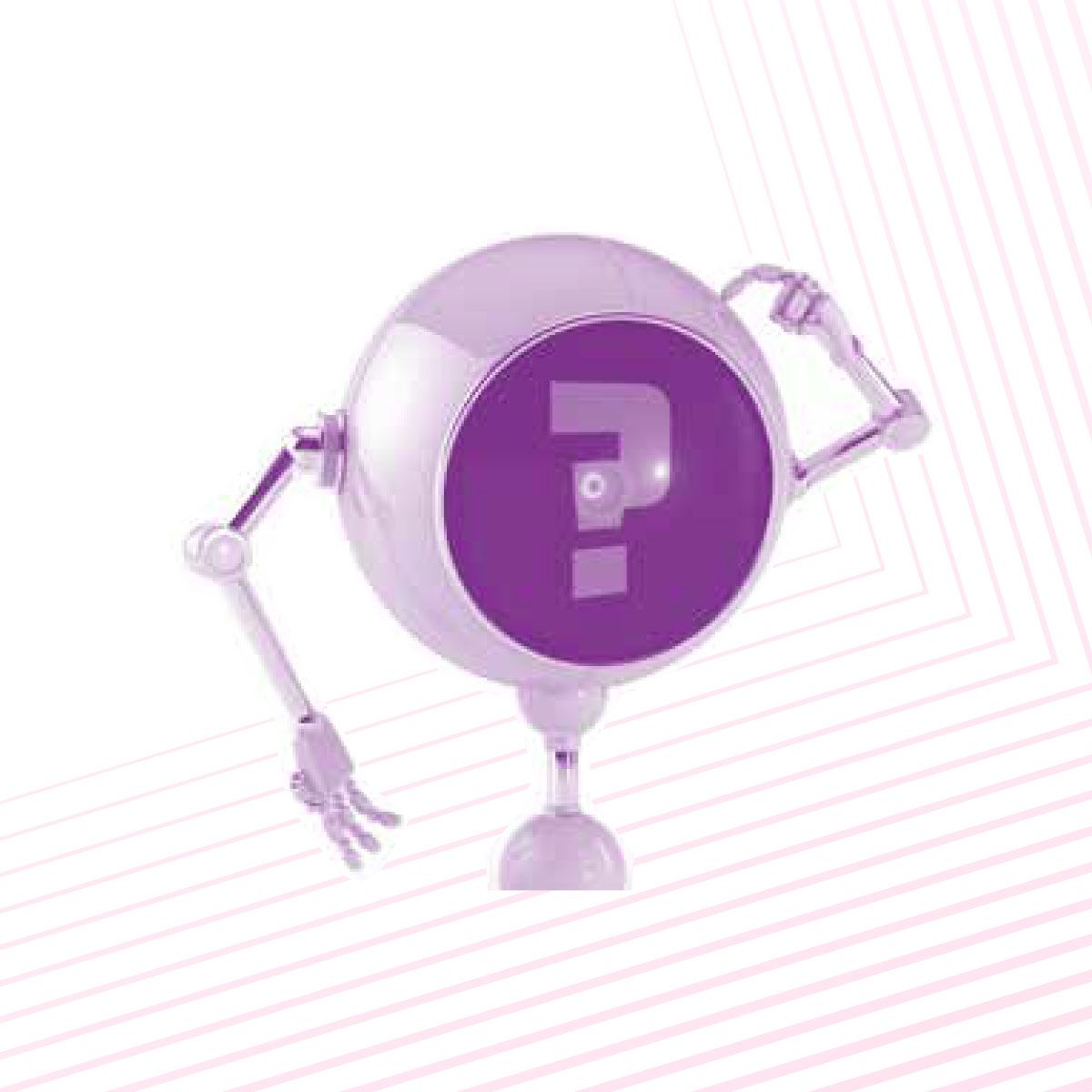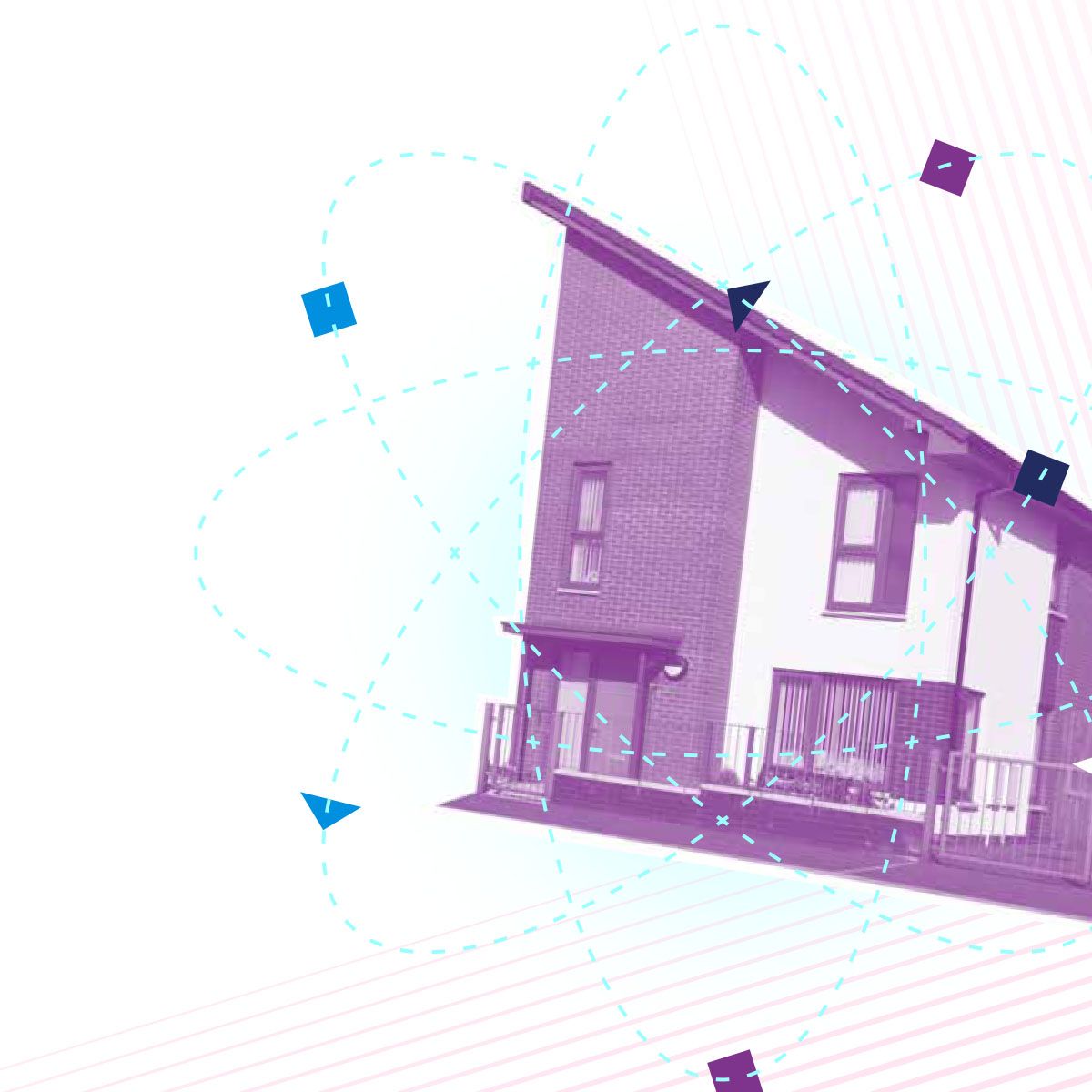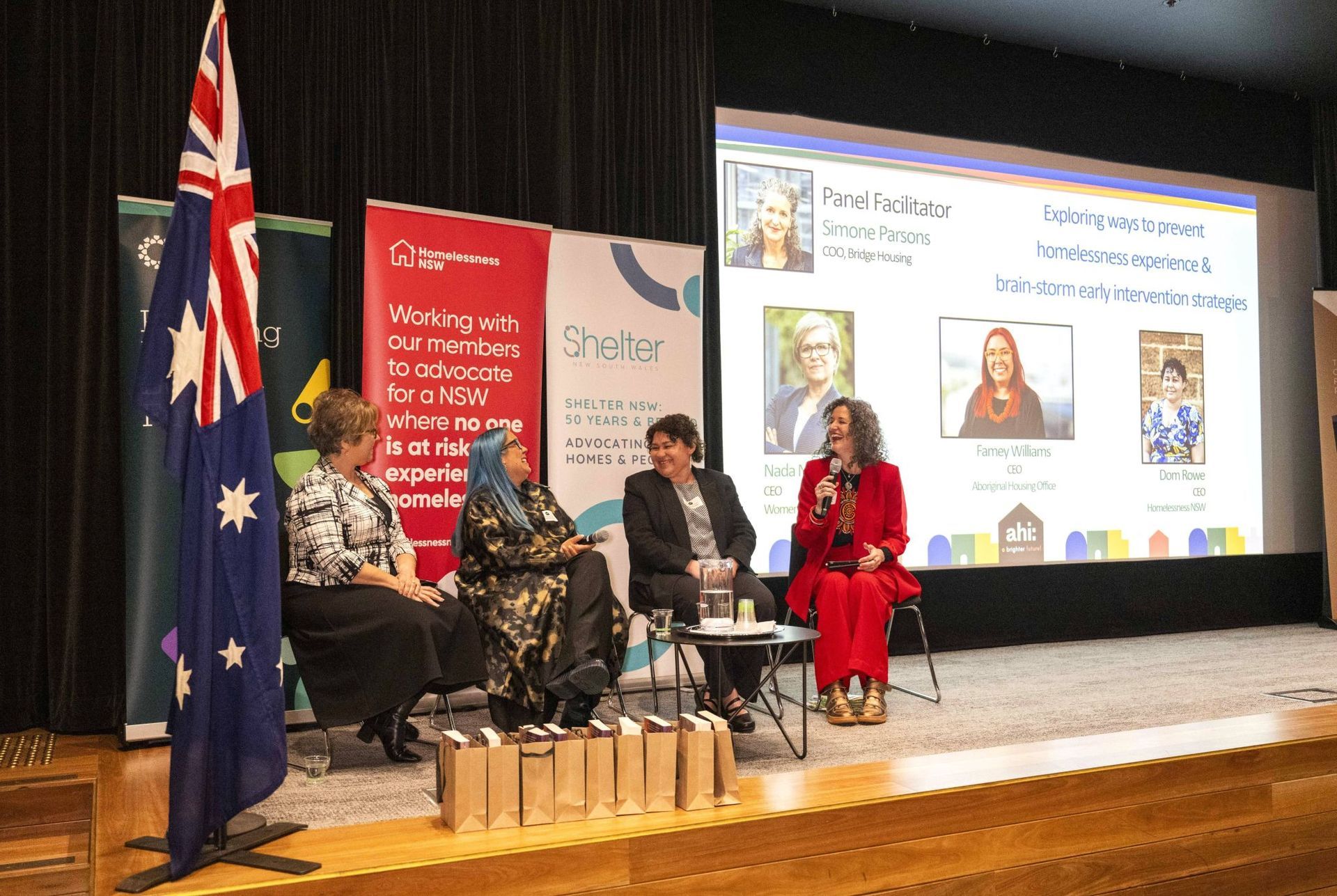In late 2023,
Disruptive Innovators Network (DIN) in the UK ran its first conference solely on Artificial Intelligence. DIN journo-in-residence
Gav Hollander
provides his thoughts from the day while capturing key elements from the speakers.
Are our jobs safe?
Will machine learning help us become better landlords? And will the robots eventually enslave us all?
These were the questions on everyone’s minds as delegates gathered at Salesforce HQ in London for Disruptive Innovators Network’s first conference on the opportunities and risks presented by the irresistible rise of Artificial Intelligence – In the Blink of AI.
DIN supremo Ian Wright opened proceedings with a warning that the “sector was not necessarily in the place it thought it was when it comes to the use of artificial intelligence”, which made the need to get on top of the issues all the more pressing. But any move towards adopting AI technologies without a clear strategy about how to do it – and without good data to back it up – will lead to bad outcomes.
“If you take artificial intelligence and you add in bullshit data, you end up with artificial stupidity."
Or, as Ian says to colleagues: “If you take artificial intelligence and you add in bullshit data, you end up with artificial stupidity."
Don’t be scared
With that in mind, DIN’s AI advisor Andrew Burgess – the founder and CEO of Greenhouse Intelligence – was on hand to walk delegates through what AI actually is (and isn’t!) and to discuss the practical applications, threats and opportunities presented by our new machine overlords, the technology.
"It’s not magic and it’s not killer dolls!”
“You can actually go further as well,” he explains. “What we can do is take all of the information that we have - data like payments history, demographics, the properties people are in and any other information that we have that we can put into the model to work out the likelihood of this person going into arrears.”
That data can then be used to predict which other tenants are likely to go into arrears, allowing landlords to work with them before it gets too late.
Andrew adds that the technology allows us “to go a stage further than just predicting rent arrears”, explaining how it can actually help landlords predict a tenant’s likelihood to fail at each of the steps of the arrears process. This predictive ability, says Andrew, is what makes AI so potentially useful. It can be used for better property management and for helping address damp and mould issues, for example, by using data about the property itself as well as the people who occupy it.
But while the applications of the various forms of AI might be virtually endless, Andrew says businesses must make sure they don’t put the cart in front of the horse: “A lot of people come to me and say, ‘How do we use AI in our business?’ and that’s the wrong way to use it. What you should be asking is: What are your business objectives and can AI help with them?”
What is AI?
Do we all understand what people mean when they talk about AI? AI writer and advisor Antony Slumbers is on hand to give delegates a whistlestop tour of the history of AI, where it is today, and to explain which buzzword means what.
Antony describes what he calls “a world gone bonkers” in terms of the pace of change in AI over the past decade.
Whereas ‘Moore’s Law’ essentially says that computing speeds double every two years, the current rate of change for each version of ChatGPT is around 10x every year, while other chatbots are estimated to be increasing in power around 100 times every three years, making Moore’s Law “the slow lane”.
“It’s the speed of transition and the scale that is generating the really transformational change,” he adds, which makes it all the more important to know what each technology is and what it can do for you.
“Traditional AI predicts, classifies and clusters,” Antony says. “It works with the world as it is, whereas generative AI does what it says on the tin: it creates new and original content.”
And how does generative AI, such as ChatGPT work: “It’s trained on this huge amount of data, it uses the patterns in this data to build a statistical model, and then it uses that statistical model to enable it to generate new things. Because it understands how things are put together, it can go and create something that operates in statistically the same way.”
In the real world, Antony describes what is going on as “automating the application of expertise”, which means that more and more jobs could become automated but also that it could drive value across organisations.
“If you get your data sorted, you’re suddenly in a position to understand your organisation and the world around you much, much better.”
That doesn’t mean that data scraping bots will make half of your team redundant but rather that they could make those same teams work better. Quoting a McKinsey report into the impact of AI, Antony says that around 70% of the hours worked today could be automated in one way or another. “But this is not a matter of changing or getting rid of jobs. It’s changing tasks.”
This is already happening today according to Antony. “Generative AI has brought everything forward by a decade – mainstream adoption could come as early as 2030. I would lean into the early scenario; it will future proof you and might give you a massive competitive advantage.”
And if all of this seems a long way from the core function of housing associations and local authorities, Antony outlines three of the key things residents care about: getting repairs done quickly and to a high standard; understanding from their landlord what the problem is; and communication. “Generative AI solves all of that!”
A word (or two) of caution
It’s fair to say that some advocates of AI can occasionally sound a little idealistic or evangelical about their new toys. And while ‘move fast and break things’ might be a sound mantra in Silicon Valley, it’s not one you’ll hear much in the UK housing sector.
Luckily, Sarah Darrall, policy advisor at the Government’s Centre for Data Ethics & Innovation (CDEI) is on hand to present its Model for Responsible Innovation, a tool that formalises what is meant by responsible innovation “with trustworthiness at its core” – a value likely to resonate with the social landlords in the room.
The model “provides a flow from micro level interventions to macro level concepts and helps you understand what practical steps can be taken to make the use case of whatever technology you are using more ethically robust,” explains Sarah.
The CDEI also offers workshops where individual organisations can work with the agency to map out the ethical considerations of the particular technology they are working with, helping move from complex ideas to practical solutions.
"There's a nervousness about the security risks."
“There’s a nervousness, particularly at board level, about some of the security risks,” she tells colleagues. “We’ve seen the sector being targeted and we don’t want to be on the front page of the paper in the same situation, so cyber security is a huge area of concern within our organisation. There’s an interest in it but a concern around it about exposing ourselves.”
Beyond Housing has only dipped its toe in the water of AI, as Maeve adds. “We have just started our journey: using chat bots and machine learning in rent analytics. For us, it’s about understanding the outputs and understanding the business case [for deploying AI]. It’s part of a batch of solutions and not the only one.”
Surprising opportunities
But if some of the risks are there for all to see, there are some ways in which AI could be used in housing that are far from immediately obvious.
DIN invited two exciting AI startups to present seven-minute ‘Lightning Pitches’ to colleagues to show how the technology could transform areas of their business that might not seem the most robot-friendly.
First up, Peter Hudson, sales director at Voicescape, explains how his company’s new Caseload Manager tool is helping to revolutionise resident engagement and, as a result, improve how landlords can deal with arrears and rent collection. Peter says that the data that housing associations hold about their customers is a vast treasure trove that AI and machine learning can help transform into vastly improved tenant engagement and customer service.
"Every housing association says they’ve got loads of information, so surely we can make better use of that."
“Every housing association says they’ve got loads of information, loads of data about past engagement behaviours, past payment behaviours, so surely we can make better use of that,” he says to explain the premise of the tool.
The genesis of Caseload Manager was a housing association client that commissioned Voicescape to build a new service to fix the specific problem of how landlords can better support tenants in arrears. Peter says that AI as applied through the Case Management tool can take “key indicators” from the mass of data associations hold to deal with specific tenants in specific ways.
“Actually, as a landlord, you know far more about these tenants, and it’s just about harnessing AI to go back in time and say, what’s going on with that tenant?”
The impact on clients isn’t just that their number of tenants in debt has reduced but that they are spending less time on income collection, freeing staff up to work on other parts of the business.
Next, the founder of Future Fox, Annette Jezierska, shows how AI and LLMs can be used to increase public engagement with planning consultations. The company uses AI to simplify complicated planning documentation, so that local people are offered shorter and easier to use questionnaires, in turn enabling better informed decision making.
“From the public point of view, these consultations are incredibly boring and complicated,” Annette says, highlighting how only around 3% of the population engage with consultations. “Our job is to increase that and make create much, much bigger datasets.”
In short, the idea is that AI automates the consultation process not just to save time, but to create better planning outcomes that better reflect the needs of local people.
“Data analysis is way more exciting than it sounds”.
That means organisations and individuals can create and test products without huge capital outlays and use those that work for their particular problem.
“It means we can invest in products that are helping our organisations and not just another product that gets assigned to the tech graveyard.”











